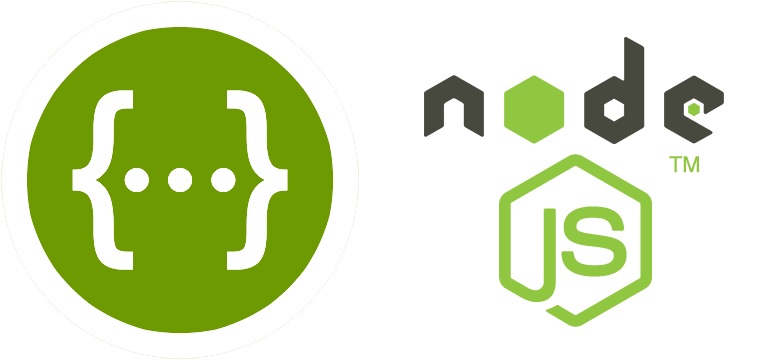Attending a PGP / GnuPG signing party
In today’s digital world, ensuring the authenticity and security of our communications is more important than ever. PGP (Pretty Good Privacy) and GnuPG (GNU Privacy Guard) are tools designed to provide secure encryption and decryption of data, playing a crucial role in protecting privacy and information. A key component of this security model is the “web of trust,” an informal network of users who verify and sign each other’s public keys. By hosting a PGP/GnuPG signing party, individuals can expand their web of trust, increasing the reliability of key verification and enhancing overall communication security. This guide offers practical steps, complete with GnuPG command examples, to help you host a successful signing party.


